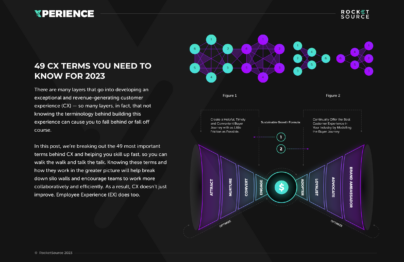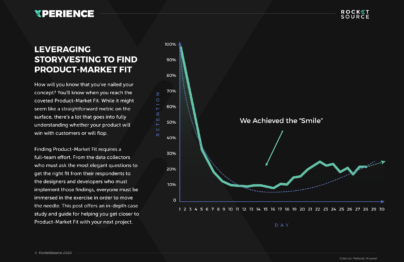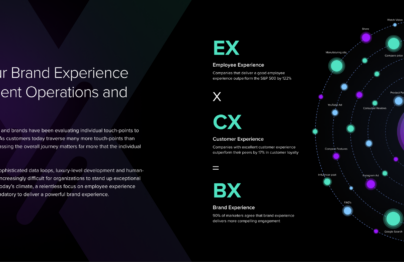Employee experience is the sum of all the parts of your employee’s role inside your company. This experience must align with the customer’s experience in order to deliver a sublime brand experience. This alignment ensures that your team not only buys into the product you’re developing, but becomes self-proclaimed brand ambassadors. Your entire team is able to see how their work impacts the greater good, which empowers them to create an experience for your customers that surpasses all others in the market.
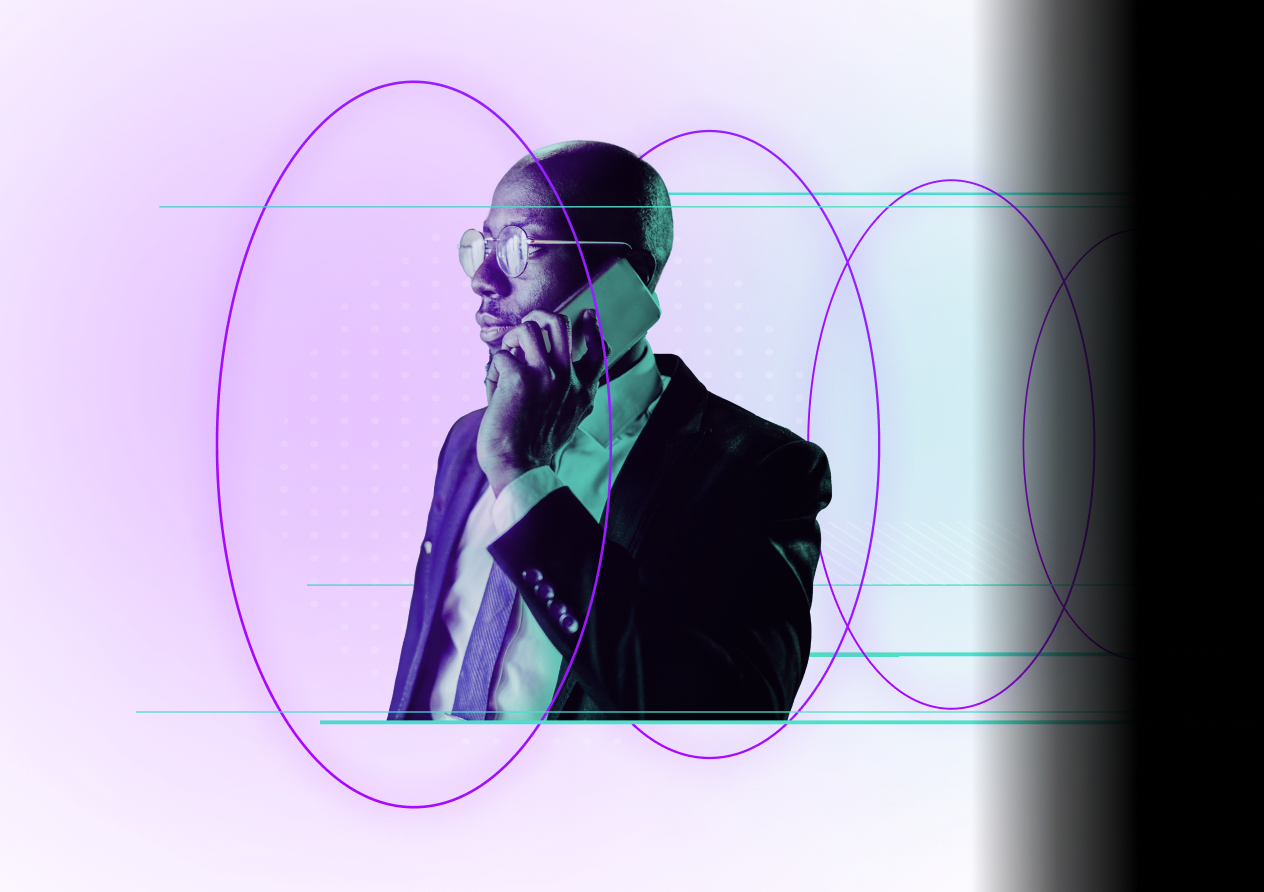
The Employee Experience Layers of the
Storyvestingᵀᴹ Framework
Why Focus on Employee Experience?
Success hinges on your employee’s experience. These are the people who work inside your organization to take an idea and turn it into a profitable business.
Put the wrong people in the seats on your organization’s bus, and you risk driving what would have been a successful business into the ground.
That’s a big statement, but employees are at the front line of your business and are the ones who carry out your ideas and vision.
Giving employees an experience they’ll embrace with enthusiasm starts by driving engagement.
Few organizations look at the buyer’s journey through the eyes of the employees closest to the end-user of the product.
In peeling back more layers of information about the customer, such as expectations, failure points, a-ha moments, preferred processes, educational content needs and more, organizations can simultaneously find ways to lighten the employees’ load and create a better employee experience (EX), which ultimately results in a better customer experience (CX).

An Empathetic View at Employee Experience
If it’s not broke, why fix it? When it comes to employee experience the answer to that question often stems from the fact that most companies don’t know what’s broken and what’s working well. A lack of internal feedback loops makes it difficult, if not impossible, to know where things need to improve. Rather than continuously working to provide a better experience, companies churn quality employees by not focusing on the employee experience.
Understanding the employee experience requires empathy stemming from both qualitative and quantitative data. By quantifying the qualitative data and backing up internal data into a radar graph, organizations can draw out bigger-picture takeaways, which then help to find solutions and metrics to improve the employee’s experience.
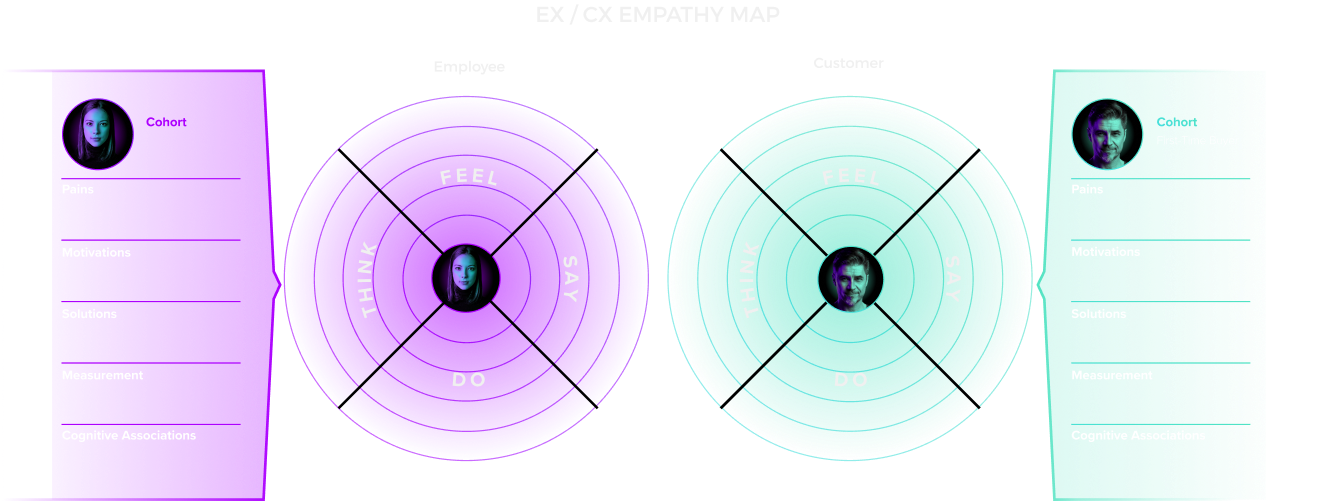

Aligning Customer and Employee Experience
When you can gain a unique insight into what’s happening along the buyer’s and your employee’s journeys, you’re better positioned to know where you need to focus your transformation efforts.
Using a method called convergence/divergence bands, organizations can better understand and predict what’s happening in the employee’s experience as it compares to the customer’s experience.
The Convergence/Divergence bands offer an in-depth analysis into where there’s a disconnect with your employee and customer experiences, and where your team’s working in harmony with your buyers. In doing so, companies uncover powerful insights and get out ahead of massive problems by actively analyzing what’s happening among their team.
By aligning human instinct (empathy) with intelligence (analytics), customer experience and employee experience are pushed closer together, aligning and multiplying them to form an incredible brand experience.
Customer Experience Initiatives to Keep Your Organization Relevant

Better Collaboration
Breaking down silo walls allows organizations to communicate more effectively, and organizations to move more quickly and competitively.
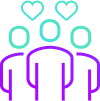
Cultivating Vested Teams
While products can transform growth, more often than not it’s people showing up every day and pouring their hearts and souls into the work that spurs that growth. Without a mindset for cultivating a vested interest will shoot any strategy or initiative in the foot.

Fixed vs. Growth Mindset
Positive employee experiences are driven by mindset. Organizations that adopt a growth approach encourage people to develop their talents, thus empowering their team promote creativity and innovation, whereas fixed mindset organizations assign blame if an initiative doesn’t work out.

Build Buy-In
Growth initiatives sink or swim based on the level of buy-in from the organization as a whole. Growth requires that everyone believes in the things that matter. Understanding how you drive organizational buy-in for your initiatives is done by using data looping and feedback mechanisms to analyze the information available, and create employee experiences that move everyone on the team forward together as a cohesive unit driven toward the same goal.
Customer Experience (CX) Terms
- 360° Degree View of the Customer
- AI Ops
- Barlow Bands
- Behavioral Triggers
- Bow Tie Funnel
- Brick-to-Click
- Business Impact Analysis (BIA)
- Cognitive Computing
- Cohort Analytics
- Content Mapping
- Conversational User Guidance
- Customer Data Profile
- Customer Experience (CX)
- Customer Friction
- Customer Insights Map
- Customer Journey
- Customer Journey Mapping
- Customer Satisfaction (CSAT)
- Customized Ratios
- CX Intelligence
- CX Led Growth
- CX Metrics
- Data as a Product (DaaP)
- Data as a Service (DaaS)
- Data Culture
- Data Driven
- Data Engineering
- Data Fabric
- Data Governance
- Data Humanization
- Data Hygiene
- Data Looping
- Data Mapping
- Data Mining
- Data Modeling
- Data Monetization
- Data Swamp
- Data Visualization
- Data Warehouse
- Data-Centric
- Descriptive Analytics
- Diagnostic Analytics
- Digital Asset Management (DAM)
- Digital Transformation
- Dirty Data In Dirty Data Out
- Embedded Intelligence
- Empathy Mapping
- Employee Data Profile
- Employee Experience (EX)
- EX to CX Data Mapping
- EX to CX Mapping
- Experience Management (XM)
- Gap Analysis
- Generative AI
- Human-Centered Design (HCD)
- Journey Analytics
- Machine Learning (ML)
- Managed Agile Services on Demand
- Modified Hoshin
- North Star Metric
- Party Data
- Pathway to Purchase
- Predictive Analytics
- Product-Market Fit Mapping
- Real Time Design Looping
- Revenue Acceleration
- RevOps
- S Curve of Growth
- Stack Impact Analysis
- StoryVesting
- Table Stakes Testing
- The 3 P’s
- User Experience (UX)
- User Insights Map
- User Interface (UI)
- Voice of the Customer (VoC)
- Voice of the Employee (VoE)
- World Cloud Generator Sentiment Mining
- X Analytics

